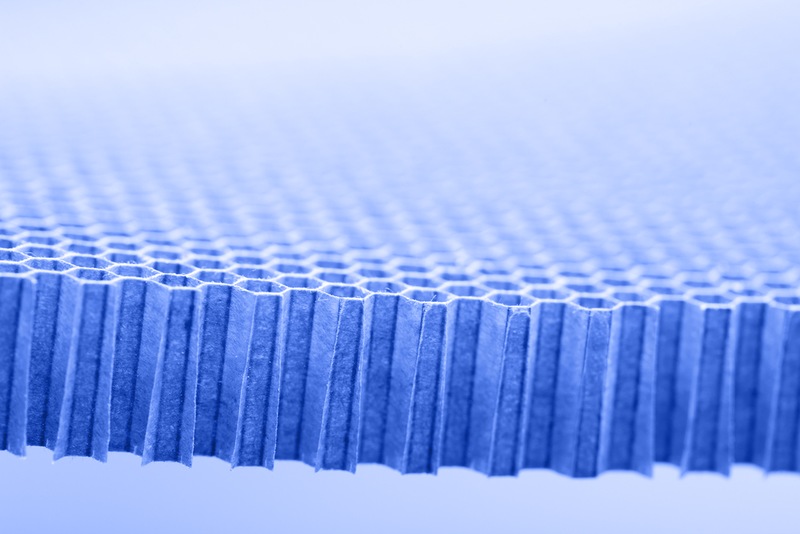
Since the 1950s, composite engineering has revolutionized the aerospace industry with lighter materials renowned for their strength. Composite materials consist of fibers (typically glass, carbon, or Kevlar) that are suspended in a matrix of resin (often epoxy, phenolic or polyester). Advantages of composites include resistance to corrosion, temperature, and weather, and they can even be molded into most shapes. By looking back on the last two decades of growth in aerospace composites, Mentis Sciences previews what the next five years have in store for our industry.
Cost of Composite Engineering
The many benefits of advanced composites don’t come without a cost. In fact, replacing legacy materials with advanced composites often requires agreeing to a larger price tag up front. For years, this monetary hurdle sometimes proved too much for potential customers.
However, more aircraft that are made with advanced composites are entering into their second decade of service or more. Over time, aerospace composites may prove to be a more cost-effective solution due to less maintenance, improved fuel efficiency, and higher energy conservation. We may discover throughout these next five years that aircraft utilizing significant numbers of composite components require less spending to maintain over their lifespan, thereby offsetting the initial costs of advanced composites.
Automated Aerospace Composites Manufacturing
The aerospace sector isn’t the only industry placing a greater demand on composites manufacturing. The wind and automobile industries already consume lots of composite materials, and other industries are poised to experience a similar growth in the coming years (such as the oil and gas industry, for example).
The only way to keep up with demand for advanced composites from all these different industries is manufacturing automation. This way, all the quantity, quality, and performance requirements of each sector can be met. Advanced composites that lack the performance data to back up their claims, won’t be acceptable. Data on coupon level mechanical performance, raw materials, processing and quality will be critical to move from prototypes to production components. Automation and data will dictate composite engineering over the next five years.
Design Engineering
Advanced composites can be engineered with a variety of resins, fibers, and process types to suit almost any application. Likewise, utilizing so many different materials has made it difficult to model an advanced composite’s viability in a software environment. Over the last two decades, this has led to design uncertainty – the lingering fear that composites may not perform in the ways that they are predicted to.
In response, composite engineering has adapted the 10% Rule, which states that adding 10% of a composite’s materials (resin, fiber, and so on) will eliminate any uncertainty and allow it to perform to specification. Over the next five years, we anticipate that design software will continue to match the complex nature of advanced composites, while more robust material property databases will be developed, and the curve of uncertainty will gradually smooth out.
Not only do we project the composite engineering market to continue to grow in five years, but we also look forward to advancements in advanced composites and manufacturing technology that will make this process more affordable and reliable for customers. Work with Mentis Sciences – your partner for advanced composites engineering – and you’ll remain at the forefront of cutting-edge innovations in manufacturing and composites that will define our industry five years from now and beyond.